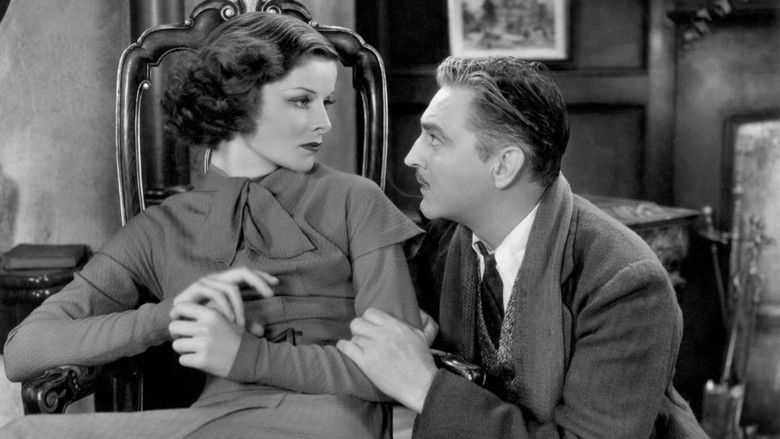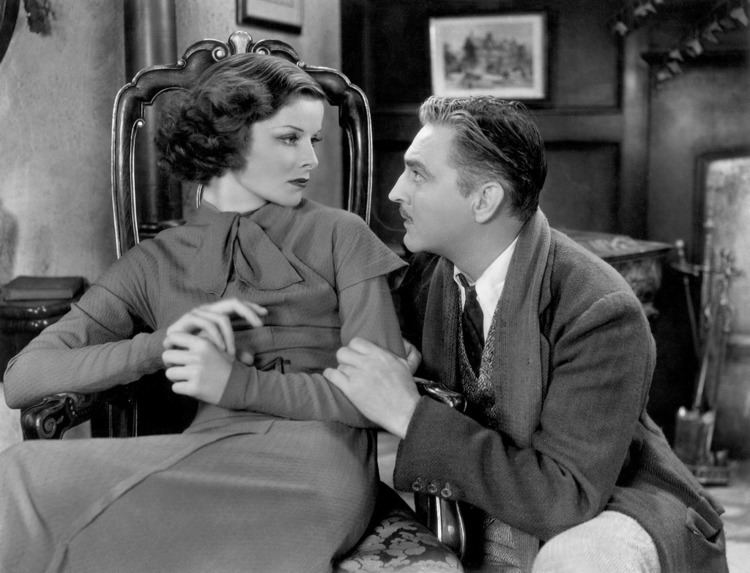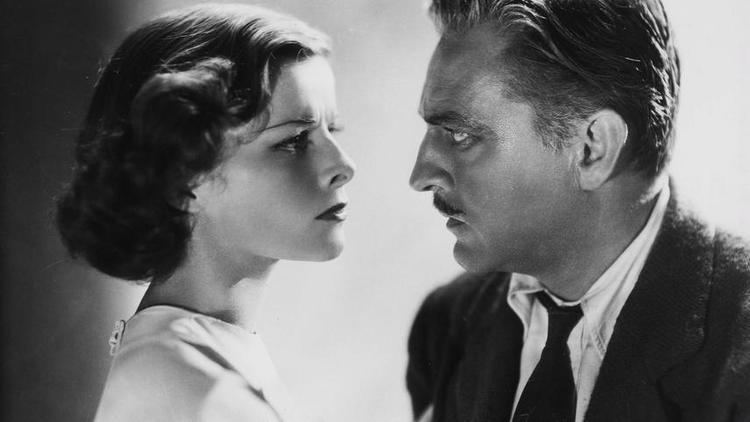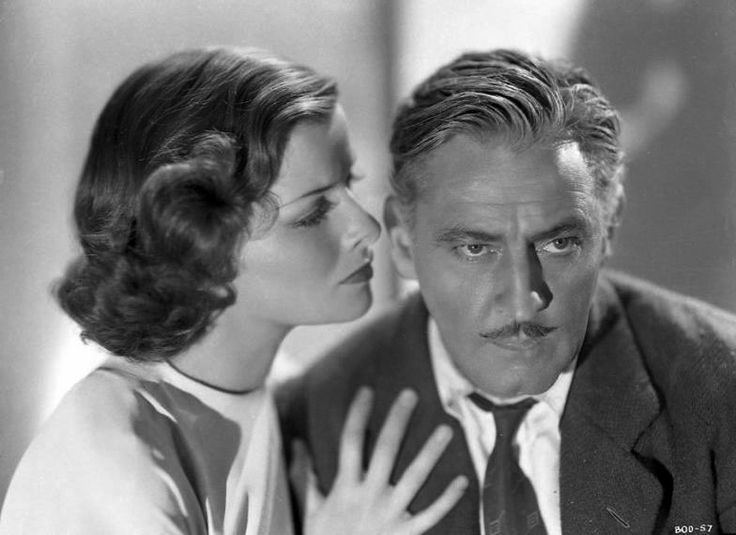A Bill of Divorcement (1932 film)
6.6 /10 1 Votes6.6
| 6.6/10 IMDb Genre Drama Duration Country United States | |||||||||||||||||||||||||||||||||
 | ||||||||||||||||||||||||||||||||||
Release date September 30, 1932 (1932-09-30) (U.S.) Screenplay Howard Estabrook, Harry Wagstaff Gribble Cast (Hilary Fairfield), (Sydney Fairfield), (Meg Fairfield), (Kit Humphreys), (Gray Meredith), (Doctor Alliot) Similar movies Related George Cukor movies | ||||||||||||||||||||||||||||||||||
A bill of divorcement trailer
A Bill of Divorcement is a 1932 American pre-Code drama film, directed by George Cukor and starring John Barrymore and Katharine Hepburn in her screen debut. It is based on the British play of the same name, written by Clemence Dane as a reaction to a law passed in Britain in the early 1920s that allowed insanity as grounds for a woman divorcing her husband. It was the second adaptation of the play, having previously been made into a British silent film A Bill of Divorcement in 1922.
Contents

Plot

A Bill of Divorcement describes a day in the lives of a middle-aged Englishwoman named Margaret "Meg" Fairfield (Burke); her daughter Sydney (Hepburn); Sydney's fiancé Kit Humphreys (Manners); Meg's fiancé Gray Meredith (Cavanagh); and Meg's husband Hilary (Barrymore), who escapes after spending almost twenty years in a mental hospital. After the family discusses Hilary's genetic predisposition toward psychiatric problems, which Sydney seems to have inherited, Hilary and Sydney give up Meg and Kit in order to avoid passing this trait to future generations.

The film begins on Christmas Eve as Meg gives a party in her comfortable English manor. In addition to dancing and listening to Christmas carols, Sydney and Kit happily discuss their future together, as do Meg and Gray. The only unpleasant moment of the evening occurs when the singers dedicate their performance of God Bless the Master of This House to Gray. Hilary's sister Hester objects to this because she considers Hilary to be the master of the house even though he is psychotic and institutionalized.

On Christmas morning, while Meg and Gray are at church, the asylum telephones to say that Hilary has gone missing, and Hester unintentionally reveals to Sydney that insanity runs in their family. The family's official explanation of Hilary's troubles has been that he experienced shell shock while fighting in World War I, but another family member had similar problems in the past.

Hester and Sydney discuss Hilary's talent as a composer, and Sydney sits down at the piano to play an unfinished sonata that Hilary wrote before going to war. A few minutes later, Hilary returns home, having escaped from the asylum. He meets Sydney and they chat comfortably, except for a heated argument that serves to further display their similarities as sensitive, free-spirited individuals.

When Meg returns from church, she reacts to Hilary's presence with shock. She has not loved him for years, is frightened by him, and has been counting on her upcoming marriage to Gray, who helped her obtain a divorce on account of Hilary's insanity. However, Hilary is caught up in his own sudden recovery and assumes that she will welcome him back. He fails to understand and accept that her life with him ended long ago until his doctor arrives from the asylum and explains the situation to him, saying, "Face it, man! One of you must suffer. Which is it to be? A healthy woman with her life before her, or a man whose children ought never to have been born?" The doctor says this in Sydney's presence.
This prompts Sydney to begin contemplating her own plans with Kit. After the doctor tells Sydney that any children she has would be at risk of inheriting Hilary's problems, she breaks her engagement to Kit and sends him away. Meanwhile, Hilary vacillates between accepting Meg's love for Gray and pleading with her to change her mind. Meg gives in to his pressure, but he spies her talking with Gray and sees how much she loves Gray and how miserable she feels.
Finally, Hilary regains his will to do what is best, and he has Sydney send Meg and Gray away. When Sydney returns to Hilary, she tearfully embraces him and they agree that they will live together. The film ends as they sit together at the piano, cheerfully experimenting with new endings to his sonata.
Cast
Production
The film was produced by David O. Selznick and George Cukor, who had disagreed about casting Hepburn. Cukor had seen Hepburn's screen test and was impressed by the 24-year-old, but Selznick did not like the way she looked and was afraid she would not be well received by audiences. Cukor cast her anyway (beginning what would be a lifelong professional and personal relationship between the two), and Hepburn was declared "a new star on the cinema horizon" by The Hollywood Reporter.
Reception
Mordaunt Hall of The New York Times wrote "An intelligent, restrained and often stirring picture has been produced from Clemence Dane's play "A Bill of Divorcement." He added, "Miss Hepburn's characterization is one of the finest seen on the screen and the producers have been wise in not minimizing the importance of her part because Mr. Barrymore is the star of the film." According to RKO records the film earned a profit of $110,000 during its first year of release, after cinema circuits deducted their exhibition percentage of box office ticket sales.
References
A Bill of Divorcement (1932 film) WikipediaA Bill of Divorcement (1932 film) IMDbA Bill of Divorcement (1932 film) themoviedb.org
